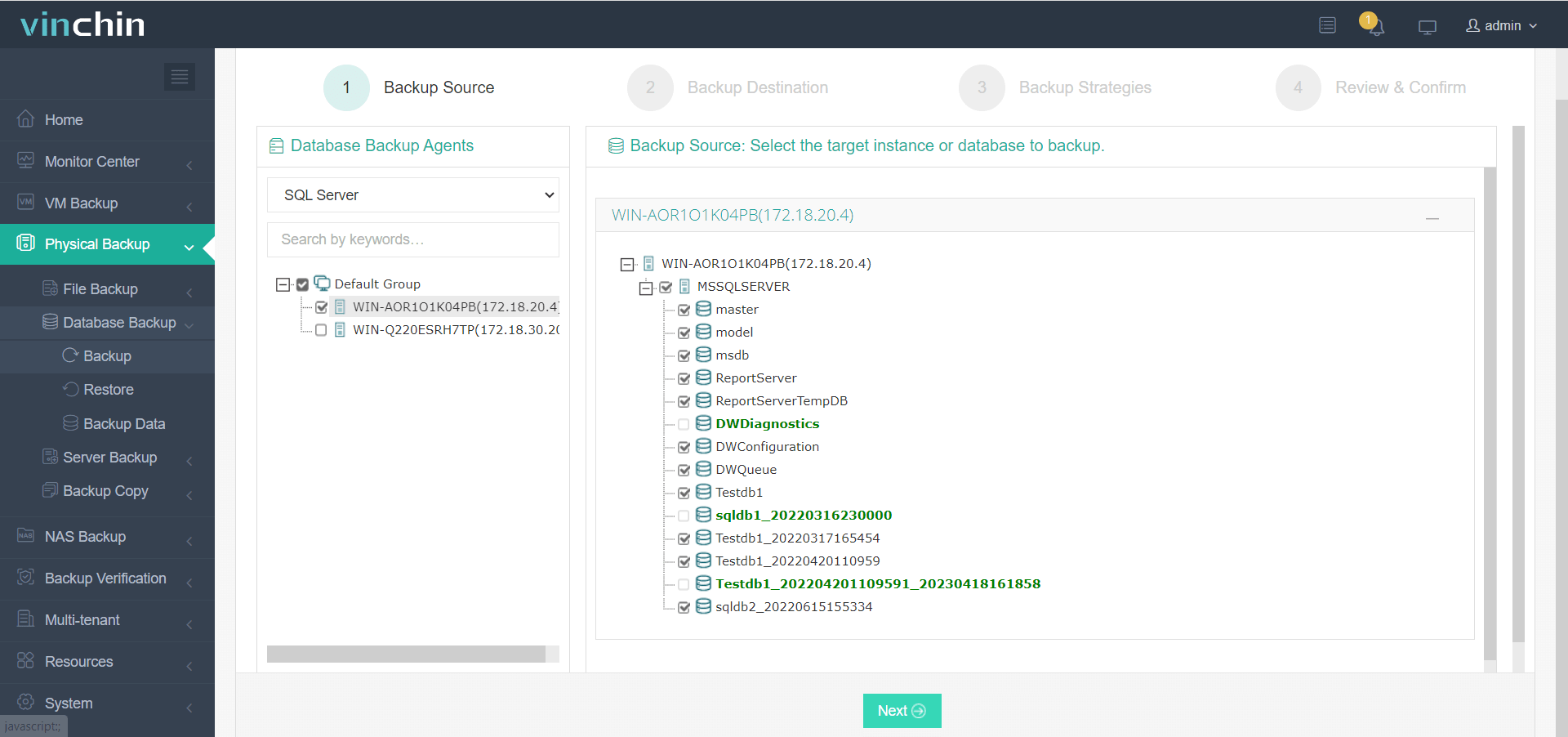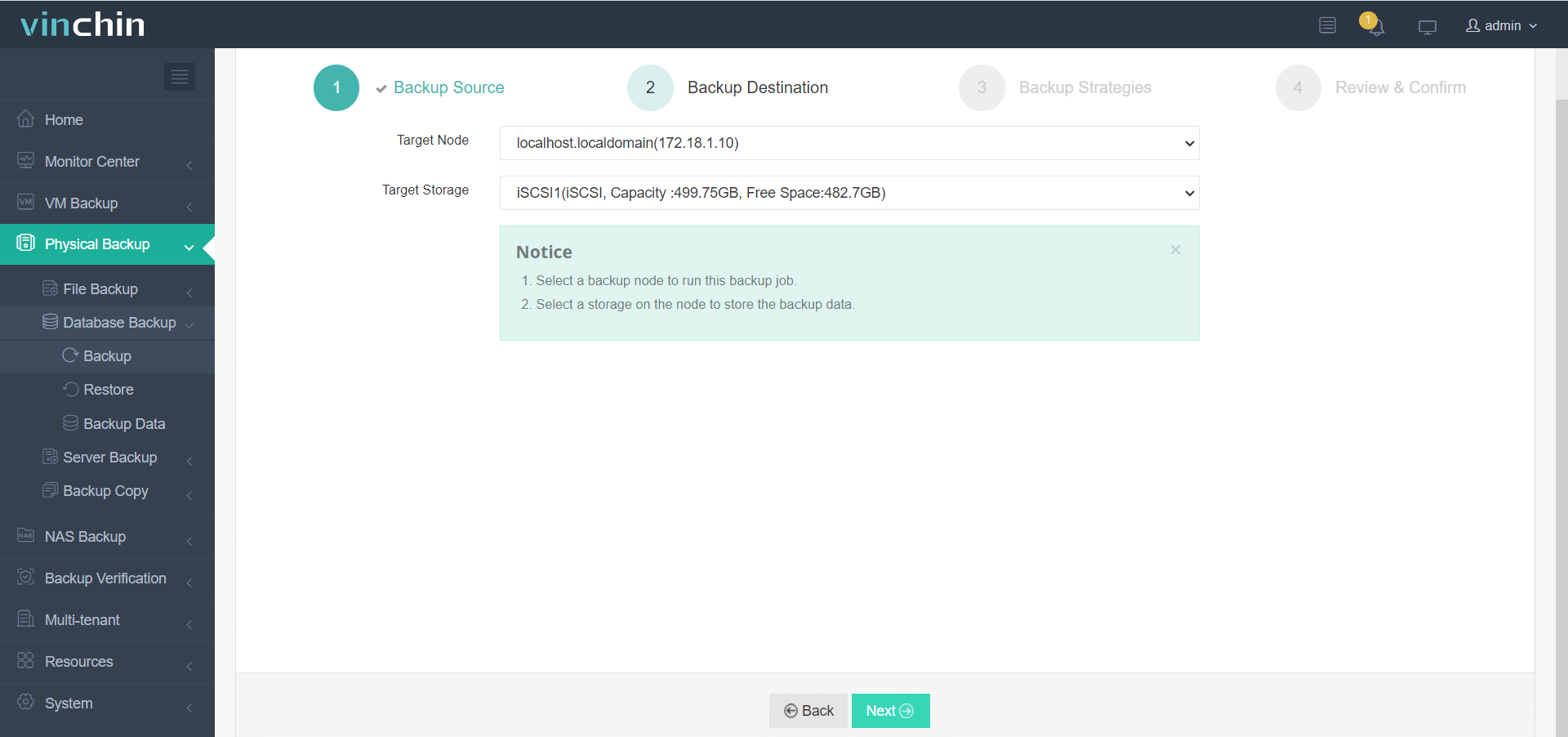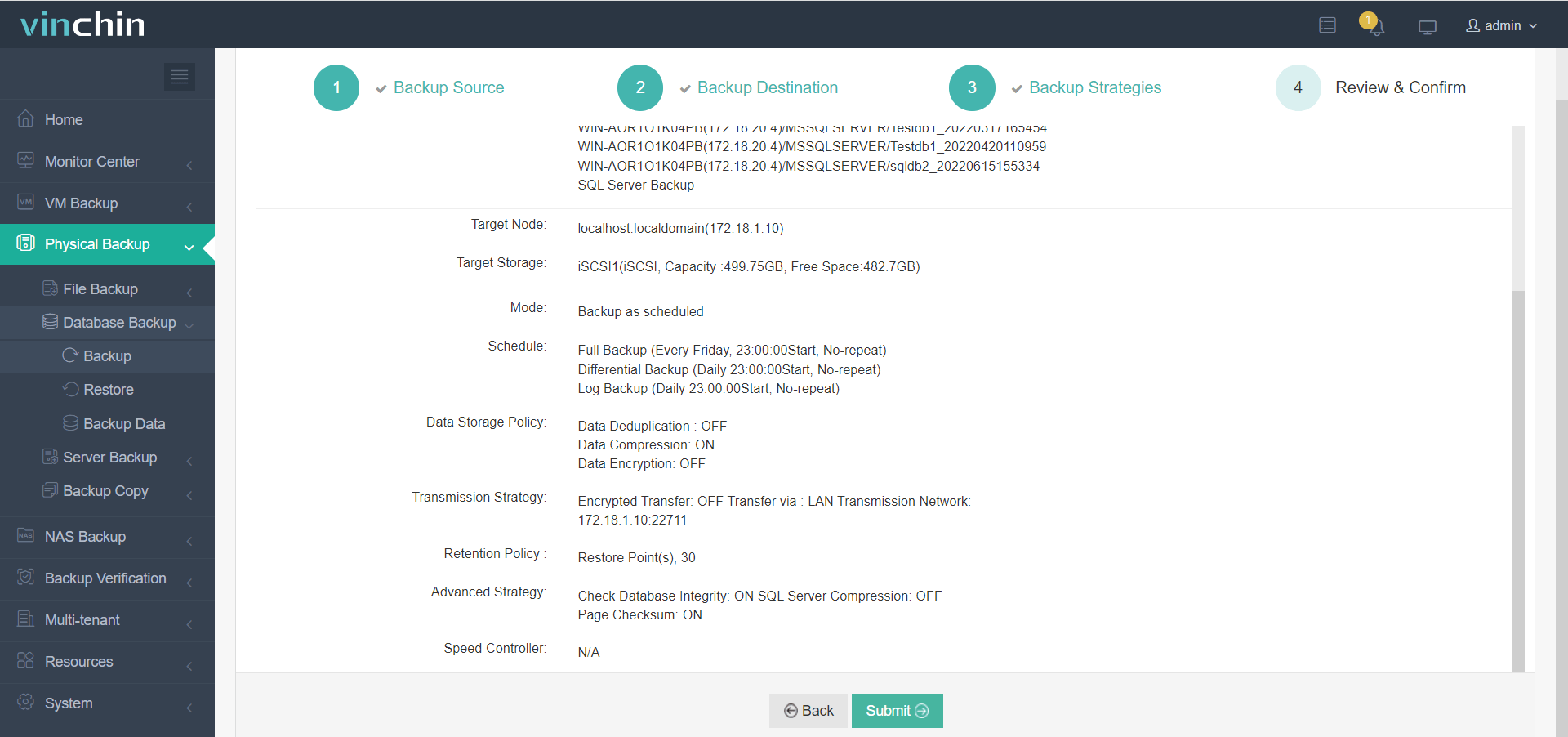-
What Stuck in Restoring Means?
-
Why SQL Server Database Gets Stuck?
-
Method 1. Restore Database With Recovery
-
Method 2. Check Backup File Integrity
-
Method 3. Check Active Restore Sessions
-
Using SQL Server Error Logs for Diagnostics
-
Enterprise-Level Protection With Vinchin Backup & Recovery
-
SQL Server Database Stuck in Restoring FAQs
-
Conclusion
A SQL Server database stuck in restoring state can freeze your business operations. When this happens, users cannot access data, and critical applications may fail. If you see your database labeled as Restoring in SQL Server Management Studio (SSMS), you are not alone—and you’re right to seek answers quickly. In this guide, we’ll explain what causes this problem, how to resolve it step by step, and how to avoid it in the future.
What Stuck in Restoring Means?
When a SQL Server database is “stuck in restoring,” it means that recovery has not finished yet. The database remains offline because SQL Server expects more restore actions or a final command before making it available again. This state is normal during multi-step restores—such as when applying several backup files—but sometimes things go wrong or get interrupted.
While a database is restoring:
Users cannot connect.
Applications receive errors if they try.
Only certain administrative actions are allowed.
This design protects data integrity during complex restore sequences but can become an obstacle if something goes awry.
Why SQL Server Database Gets Stuck?
Several common reasons can cause a SQL Server database to get stuck in restoring mode:
Restore Sequence Not Completed: Using WITH NORECOVERY tells SQL Server that more backups will follow—like transaction logs or differentials. If you forget to finish with WITH RECOVERY, the process never completes.
Interrupted Restore Process: Power failures, network drops, or manual cancellations can leave the restore incomplete.
Corrupt or Missing Backup Files: If any required backup file is missing or damaged during restore, the process halts.
Active Connections or Sessions: Open connections during restore can block completion.
Disk Space or Hardware Issues: Not enough disk space or hardware errors may interrupt restoration.
Understanding these root causes helps you choose the right solution—and avoid repeating mistakes later.
Method 1. Restore Database With Recovery
The most common fix for a sql server database stuck in restoring state is running the RESTORE DATABASE WITH RECOVERY command. This tells SQL Server that all necessary restore steps are complete—it’s time to bring the database online.
Before running this command:
1. Confirm that all required backups have been restored—this means full backups plus any differential or transaction log files needed.
2. Open SQL Server Management Studio.
3. Connect to your target instance.
4. Open a new query window.
5. Run:
RESTORE DATABASE [YourDatabaseName] WITH RECOVERY;
This command rolls back uncommitted transactions and makes the database available again.
If you see an error such as “the database cannot be recovered because the log was not restored,” it means there are still pending log restores expected by SQL Server. Double-check which files remain unprocessed—or review your backup sequence documentation—to ensure nothing was skipped.
Sometimes SSMS reports that “the database is in use.” In busy environments where other users might be connected without realizing it—even background processes—you may need single-user mode:
USE master; ALTER DATABASE [YourDatabaseName] SET SINGLE_USER WITH ROLLBACK IMMEDIATE; RESTORE DATABASE [YourDatabaseName] WITH RECOVERY; ALTER DATABASE [YourDatabaseName] SET MULTI_USER;
This sequence disconnects all other sessions instantly (which can disrupt active work), applies recovery cleanly, then returns normal multi-user access afterward.
For multi-step restores involving several files—for example:
RESTORE DATABASE [YourDatabaseName] FROM DISK = 'C:\Backup\Full.bak' WITH NORECOVERY; RESTORE LOG [YourDatabaseName] FROM DISK = 'C:\Backup\Log.trn' WITH NORECOVERY; -- Repeat above line for additional logs RESTORE DATABASE [YourDatabaseName] WITH RECOVERY;
Always use WITH NORECOVERY until the final step; only then run WITH RECOVERY.
Method 2. Check Backup File Integrity
A corrupt or incomplete backup file often leaves databases stuck mid-restoration—a frustrating scenario that wastes time unless caught early.
To check file integrity:
1. Open SQL Server Management Studio.
2. Connect to your instance.
3. Open a new query window.
4. Run:
RESTORE VERIFYONLY FROM DISK = 'C:\Path\To\YourBackup.bak';
If SSMS confirms validity (“The backup set is valid”), proceed confidently; otherwise obtain a fresh copy of the backup file from its source location—or investigate why corruption occurred (disk failure? interrupted transfer?).
For even stronger protection against silent corruption:
Always create backups using
WITH CHECKSUM.Verify them regularly using both
RESTORE VERIFYONLYand periodic test restores into non-production environments.
If using SSMS GUI instead of T-SQL scripts:
1. Right-click your target server node,
2. Choose Tasks, then Restore, then select Database,
3. In dialog options tick Verify backup when finished before clicking OK,
4. Review results carefully before proceeding further!
Method 3. Check Active Restore Sessions
Sometimes another session is still working behind-the-scenes—or blocking yours from finishing successfully—which keeps databases locked up longer than expected.
To check active restore operations:
1. Open SSMS,
2. Launch new query window,
3. Run:
SELECT session_id, command, percent_complete, start_time
FROM sys.dm_exec_requests
WHERE command IN ('RESTORE DATABASE', 'RESTORE LOG');If results show an active session at less than 100% complete—wait until it finishes naturally unless urgent intervention is needed (for example: stalled jobs). If truly stuck (no progress over time), cancel using:
KILL [session_id];
After stopping any hung sessions safely (and confirming no other critical work depends on them), retry RESTORE DATABASE [YourDatabaseName] WITH RECOVERY;.
For deeper insight into blocking chains:
SELECT s.session_id, r.command, s.host_name FROM sys.dm_exec_sessions s JOIN sys.dm_exec_requests r ON s.session_id = r.session_id WHERE r.command LIKE 'RESTORE%';
This helps identify which user or application initiated problematic jobs—a useful clue when troubleshooting recurring issues across teams!
You need sufficient privileges (sysadmin role) to run these commands; coordinate with DBAs if unsure about permissions required.
If working through SSMS menus instead:
1. Right-click affected database,
2. Select Tasks, then Restore,
3. Review status messages shown—or attempt manual completion via wizard interface as prompted by SSMS itself!
Using SQL Server Error Logs for Diagnostics
Error logs provide valuable clues when standard fixes don’t work right away—or when root causes aren’t obvious from symptoms alone.
To view recent error log entries related specifically to restore operations:
1. Open SSMS,
2. Connect to instance,
3. Launch new query window,
4. Run:
EXEC xp_readerrorlog 0, 1, N'restore', NULL
Look for lines mentioning failed restores (“Log not restored,” “Backup set invalid,” etc.). These details often point directly toward missing files or permission problems—saving hours of guesswork compared with trial-and-error approaches alone.
You can also filter logs by date range or specific keywords depending on what patterns emerge over time; experiment until you find what works best given local policies!
Regularly reviewing error logs—even outside emergencies—helps spot trends early so preventive action becomes routine rather than reactive under pressure later on.
Enterprise-Level Protection With Vinchin Backup & Recovery
Beyond troubleshooting individual incidents of "sql server database stuck in restoring," maintaining robust data protection requires reliable enterprise-grade solutions tailored for Microsoft SQL Server environments and other mainstream platforms such as Oracle and MySQL among others supported by Vinchin Backup & Recovery—including PostgreSQL and MongoDB systems as well if present in your infrastructure mix.
Vinchin Backup & Recovery delivers comprehensive features like incremental backup strategies specific for Microsoft SQL Server workloads; advanced source-side compression technology; batch scheduling capabilities; flexible retention policies including GFS retention management; plus dedicated verification mechanisms designed exclusively for SQL Server recoverability assurance—all helping streamline administration while minimizing storage costs and maximizing operational resilience.
With its intuitive web console interface, backing up your SQL Server environment typically involves just four straightforward steps:
1. Select source SQL Server database(s),

2. Choose target storage location(s),

3. Configure backup strategies,

4. Submit the job.

Recognized globally with high customer satisfaction ratings across industries worldwide,Vinchin Backup & Recovery offers a fully functional 60-day free trial—click below now to experience trusted enterprise-level data protection firsthand!
SQL Server Database Stuck in Restoring FAQs
Q1: Can I drop a database stuck in restoring state?
A1: Yes; run DROP DATABASE [YourDatabaseName] after confirming you have valid recent backups elsewhere first—it cannot be undone!
Q2: What does "the database cannot be recovered because the log was not restored" mean?
A2: It means one or more required transaction log files haven’t been applied yet; finish those restores then rerun RESTORE ... WITH RECOVERY next time around!
Q3: How do I check whether my restore operation is still running?
A3: Use SELECT session_id FROM sys.dm_exec_requests WHERE command LIKE 'RESTORE%' inside new query window—the result shows active jobs instantly.
Conclusion
A sql server database stuck in restoring doesn’t have to spell disaster—with careful diagnosis and proven solutions like those above you’ll recover quickly every time! For extra peace of mind consider automating protection using Vinchin Backup & Recovery so downtime never catches you off guard again!
Share on:







